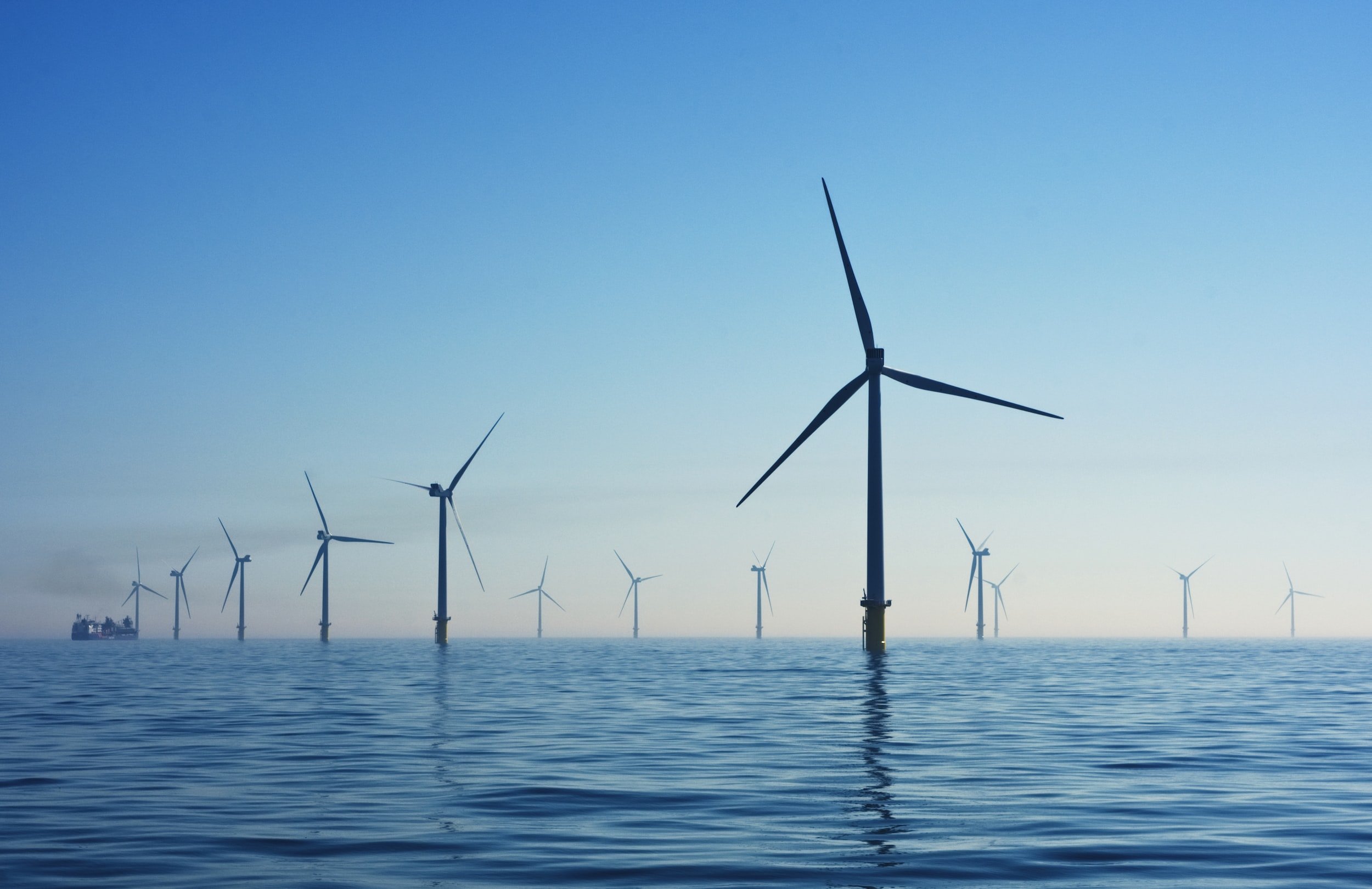
Understanding the difference between Renewable energy and Carbon-Free Energy
Green Energy - what is it?
With energy prices a hot topic lately, and the ever-increasing awareness of the UKs Net Zero target, we are seeing more questions about green tariffs, so we wanted to provide you with some information about what green energy is, how its generated and what the differences are.
The five most popular renewable energy sources currently are:
Solar energy
Wind energy
Hydro energy
Tidal energy
Geothermal energy
Biomass energy
Green energy is electricity, which is generated by natural, renewable sources such as the wind, the sun or the power of the tides – as opposed to using fossil fuels like coal or oil.
Environmentally friendly
Green energy is called ‘renewable’ for a reason – it comes from sources that don’t run out and which don’t produce emissions that cause climate change.
Competitively priced
Because more people want green energy and because the technology is always improving, green energy is priced similarly to other energy tariffs – so it doesn’t cost the earth.
More popular than ever
The UK generates more green energy every year. In 2020, the country went months without burning coal, and even more renewable sources are coming on stream
What is the difference between renewable energy and carbon-free energy?
Most renewable energy sources are carbon-free. This means that they do not emit any carbon dioxide when they generate energy. Solar, wind, and hydroelectric are carbon-free. Nuclear, though not renewable, is also considered a carbon-free energy source, because unlike coal and natural gas, it does not burn.
